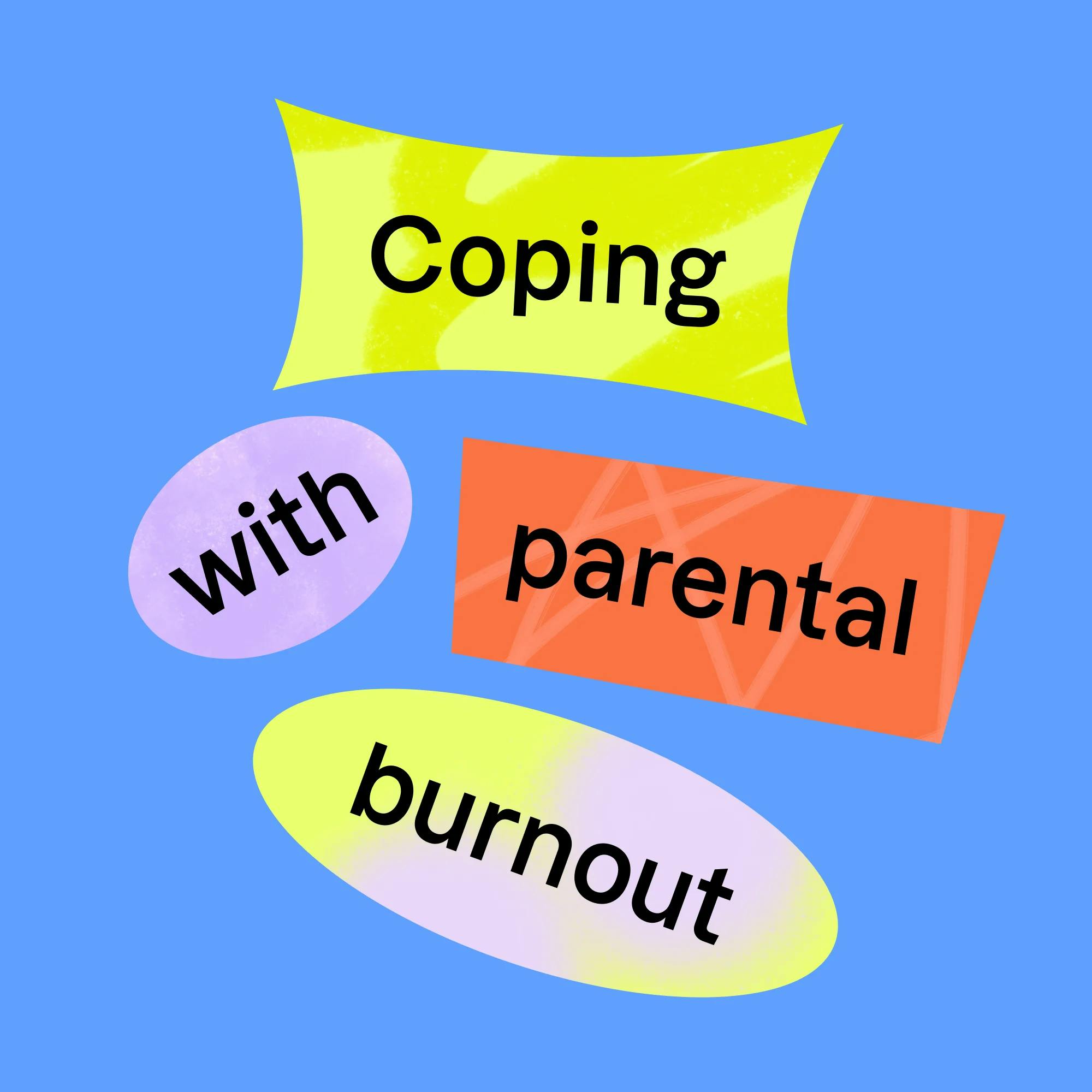When you think of speech therapists, you probably think of speech! But while speech-language pathologists treat communication disorders, you may be surprised to know they treat feeding disorders as well.
Maybe you’ve been told your child likely has a feeding disorder. Or you suspect your child has problems with eating or drinking. Is your kiddo simply a picky eater, or could they benefit from therapy? This guide covers what parents need to know about feeding therapy, as well as the role of online therapy in feeding treatment for children.
What is childhood feeding therapy?
Pediatric feeding therapy helps children who have some kind of difficulty with the physical act of eating and/or swallowing. Feeding therapy can help make mealtimes easier and more enjoyable!
Who provides feeding therapy for children?
Childhood feeding therapy is provided by a speech-language pathologist, or speech therapist, who specializes in this area. The speech therapist helps the child improve their ability to safely eat the least restrictive diet possible, which means as many foods and liquids as possible.
Expert feeding support for kids
Feeding therapy helps make mealtimes safer and more positive. Our feeding program supports your family from the comfort of your home.
 Get started
Get startedWhat is a feeding disorder?
In order to receive feeding therapy, a child must show signs of a feeding disorder. The American Speech-Language-Hearing Association (ASHA) explains pediatric feeding disorders in this way:
“Feeding disorders include problems with sucking, eating from a spoon, chewing, or drinking from a cup. Swallowing disorders, also called dysphagia, are difficulties with moving food or liquid from the mouth, throat, or esophagus to the stomach. Feeding and swallowing disorders are often related to other medical conditions but may also occur without a known cause. Feeding and swallowing disorders can lead to health, learning, and social problems.”


How do I know if my child needs feeding therapy?
How can you tell if your child has a feeding disorder? You may see the following signs or symptoms in children with feeding disorders:
Eating less food than they should for their age
Eating fewer varieties of foods than they should for their age
Disruptive or inappropriate behaviors during mealtime
Difficulty feeding themselves by the appropriate age
Difficulty using utensils and devices, such as a cup or spoon, appropriately and by themselves during meals
Slow physical growth and/or slow weight gain
You can learn more about feeding and swallowing abilities in early childhood in these articles: feeding milestones for babies and feeding milestones for toddlers.


For kids who are at risk for choking, or aspiration (when food or liquid falls into the airway), there are specific signs and symptoms of aspiration to watch for. This is also a sign that feeding therapy is necessary. These are the symptoms of aspiration:
Coughing while eating or drinking
Reddening of the eyes while eating or drinking
Teary eyes while eating or drinking
Gurgly or wet-sounding voice during or after eating/drinking
Gagging
Choking while eating or drinking
Children experiencing any of these symptoms, either during infancy or later in childhood, may have a feeding or swallowing disorder. They should be evaluated by a speech therapist.

What happens during childhood feeding therapy?
The goal of feeding therapy is to improve a child’s ability to safely eat as many foods and liquids as possible.
Therapy for feeding safety
If feeding safety is of concern, that will be a top priority of feeding therapy. But what exactly is safety related to eating? Feeding safety has to do with airway protection. The esophagus and the airway are very close together. If food goes down the airway instead of the esophagus, this can lead to choking or aspiration.
Some children may have muscle weakness, or oral-motor weakness or incoordination. This can raise their risk for problems with feeding safety and complications.
Connor's story
At age 2, this adventurous eater suddenly started refusing most foods. Feeding therapy helped him and his family get back to stress-free meals.
 Read Connor's story
Read Connor's storyFor children with these difficulties, therapy will focus on finding foods and liquids they can safely consume. Some children are unable to eat safely by mouth at all. They may need alternative means of nutrition, such as a g-tube.
Feeding therapy may focus on oral-motor exercises to increase a child’s strength and coordination. This also supports safe eating. As an example, some children may have poor jaw strength and need to increase their strength in order to chew adequately.


Therapy for food aversions
For children who don’t eat enough food or different types of foods, feeding therapy will focus on increasing volume and food variety. These issues could be caused by physical difficulty eating or swallowing. However, some children have difficulty with volume and variety because of sensory issues or behavioral responses. This isn’t just being a “picky eater.” For example, some children may respond negatively to the sensation of mixed textures, like soup. Others may not like crunchy textures, like crackers. This is called sensory aversion.


The speech therapist will help the child decrease sensory aversions or negative responses to foods. Some ways to do this include:
Playing with non-preferred foods
Food chaining, which means targeting new foods that are similar to foods the child likes
Child-led interactions with food
For example, playing with food can help the child get used to interacting with the food before eating it. The speech therapist may walk the child through steps working up to taking a bite, such as smelling, touching, kissing, then licking the item. The speech therapist will observe the child’s reactions in order to determine when they appear ready to try eating the food item.
The speech therapist may also help the child eat a larger volume of food. To do this, a structured meal may be offered. The child is prompted to take bites while playing a game or eating a highly preferred food.
What type of feeding therapy can be done online?
Some types of feeding therapy can be done through teletherapy, but not all. This decision should be made by your child’s pediatrician and speech therapist. The speech therapist may need to be physically present to observe the child’s oral motor and swallowing abilities with the foods and liquids presented.
Because of the potential safety considerations, children who can’t safely eat by mouth may not be a candidate for teletherapy. This would depend on their current condition, goals, and their caregiver’s comfort with serving as a facilitator. This should be decided by the speech therapist and doctor.


It’s more likely that children who don’t have known airway safety concerns may be seen via teletherapy. This will take some planning and communication by the speech therapist and parent or caregiver. The speech therapist will ask for certain foods to be brought to the session. The speech therapist will then guide the child through different exercises to do with each food.
No matter what goals are being targeted in therapy, and whether it’s online or in person, it’s extremely important for the parent or caregiver to be involved. This way, the caregiver will learn what can be done at home to support what the child is learning in therapy.


How to enroll your child in feeding therapy
If you think your child needs feeding therapy, start by talking with your pediatrician. Explain your concerns and ask for a script for feeding therapy. A speech therapist will likely need to have a script from the doctor before conducting an evaluation or therapy.
Next, find a speech therapist that specializes in feeding. You can do this by asking friends for recommendations, talking to your pediatrician, talking to your insurance provider, or simply searching online. ASHA offers an online directory of speech therapists that may be helpful.
The speech therapist will start by completing an evaluation. This allows them to assess whether treatment is necessary and what to target in therapy. During the evaluation, they will likely present the child with different foods and liquids to observe the child’s chewing and swallowing skills. They will also watch the child’s reaction to the food and how much they consume.


Talk to your speech therapist about online or in-person treatment
It’s important to talk to your child’s doctor or their evaluating speech therapist to ask their opinion on teletherapy for your child. There are many things to consider when it comes to feeding therapy: not only whether it’s safe for a child to do feeding therapy online, but whether it would be the best setting for them.
Talk to your child’s doctor or your evaluating speech therapist to ask their opinion on teletherapy for your child.
Some children may do best trying new foods in person with their speech therapist. Other children may need the therapist to help them hands-on with oral-motor exercises.
However, some children’s feeding abilities and goals allow for online therapy. In most cases, there will need to be a facilitator present during therapy, such as a parent or caregiver. The speech therapist can observe the child and prompt them and their caregiver through different exercises.
Every child’s situation is different, so be sure to talk with the speech therapist who is evaluating your child. They will be able to make the best recommendation for your child’s unique needs.
How Expressable Can Help
Concerned your child isn't reaching age-expected milestones? Looking for communication support from a professional? Expressable is a national online speech therapy practice serving children and adults. We treat all major areas of communication and feeding, offer flexible hours including evenings and weekends, and accept most major health insurance plans. We’re proud to have earned more than 3,000 5-star reviews from our clients (4.9/5 average).
Our therapy model is centered on parent and caregiver involvement. Research proves that empowering caregivers to participate in their loved one’s therapy leads to better outcomes. That’s why we combine live, 1-on-1 speech therapy with personalized education and home practice activities for faster progress.
Communication is more than words. It’s how we share how we feel and show who we are. We’re here to help you or your child do just that.
 Abby Barnes, M.S., CCC-SLP
Abby Barnes, M.S., CCC-SLP











